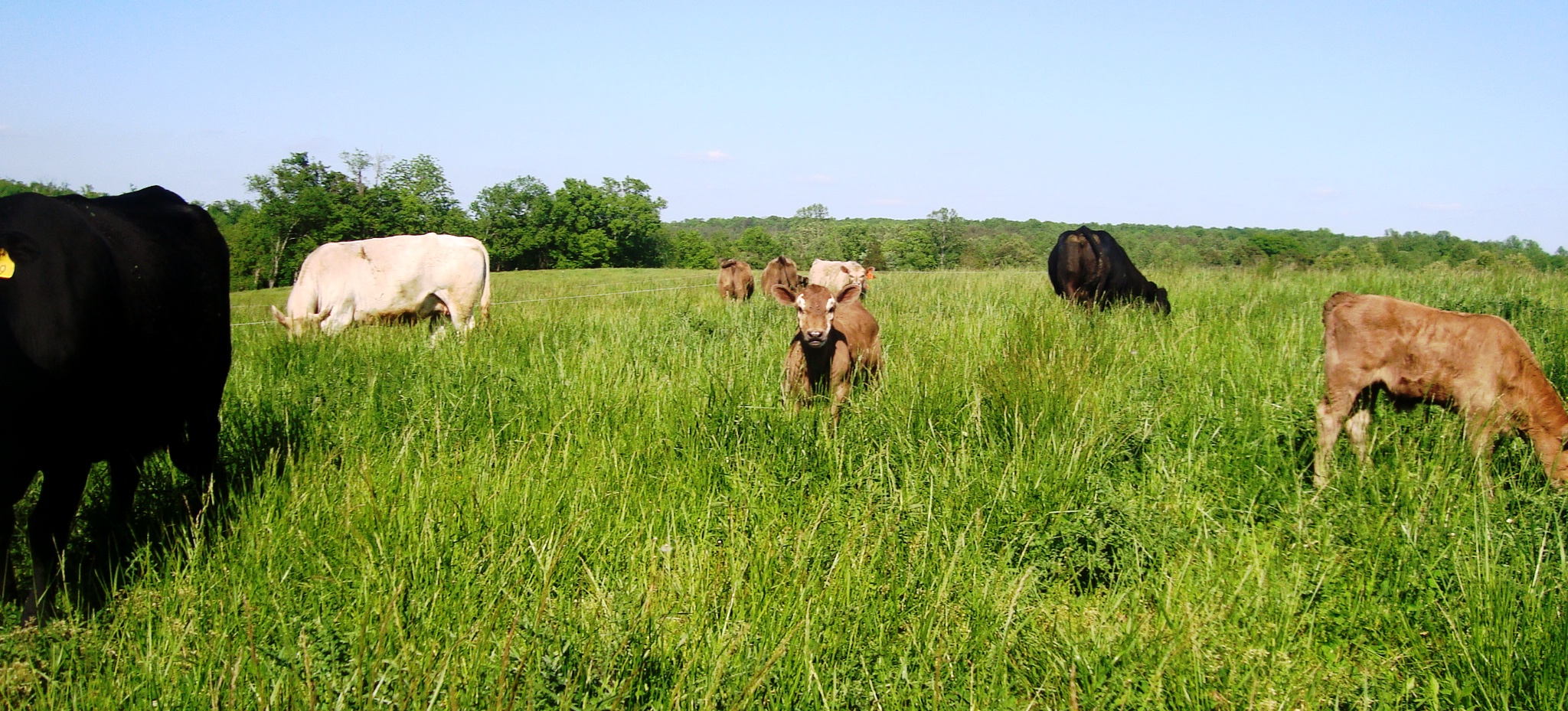The term “grass fed” gets kicked around a lot, but when it shows up on a beef (or any other) meat label, it’s what is called a marketing claim. There are a lot of marketing claims and there are different levels of verification for them (that’s important to remember.) They include things like Certified Angus, Organic and Certified Humane are three that you may be familiar with. It’s important to remember that they aren’t meant to convey the safety or benefit of a product, only that it adheres to certain guidelines. Here’s a Food Label Guide from the Federal Accounting Office that gives an overview of some of these claims.
These claims are breed specific, or state specific. I can buy Certified Angus, Certified Texas Longhorn or Iowa Best. Being able to meet some of these additional protocols gives us more marketing opportunities for our cattle. Our cattle meet the standards for the Red Angus feed calf program, and also they also meet the standards for the grass fed marketing claim.
The grass fed claim can be a bit confusing to producers as well as consumers. You’ll often hear people say “Our beef is grass fed and grain finished”, but if the word “grass fed” appears on the label, it basically means no grain ever.
And that’s a pretty long lead up to the question: “What do Grass Fed Cows Eat in the Winter?”
If you figured they eat hay in the winter, you get a few points, because at some point in the winter they do eat hay. The problem with hay is that it can be inconsistent in quality, it can be expensive and it may not meet an animal’s nutritional needs. They need feed that has the right balance of protein and energy, and they need enough of it. The old “quality or quantity” thing doesn’t apply. Cows need both if they are going to get through the winter and be ready to raise a happy healthy calf in the spring.
As I already mentioned, hay can be expensive, especially when you include (as you should) transportation and labor costs. Spending an hour or two every day, driving a $60,000 tractor to put out feed can be pretty costly. Even buying grain and feeding can take a lot of time and requires a way to get the feed to the cows.
So what do we do to make sure the girls have plenty of quality feed? We’re lucky here in Virginia. The predominant grass here is Kentucky 31 Tall Fescue, and it makes a great winter feed. In a process we call stockpiling, we allow the grass to grow in late summer, into the fall, and then ration it out to the cows in a process we call rotational grazing.
Other grasses stockpile, but Kentucky 31 does it really well, and it retains its nutritional properties far better than baled hay does. The cows harvest it, so we don’t have to – they go to the feed, so we don’t have to take it to them, and cows can do a remarkable job nosing through the snow if they have to, in fact they prefer it to eating hay!
If we’re really lucky, and we’ve planned well, we can make it most of the way through winter without feeding much hay. We have hay for the times, like during ice storms, where the cows would have a really hard time getting to the grasses, but we’re fortunate that the easiest way to get a cow through winter is also the least expensive, and the healthiest way.
